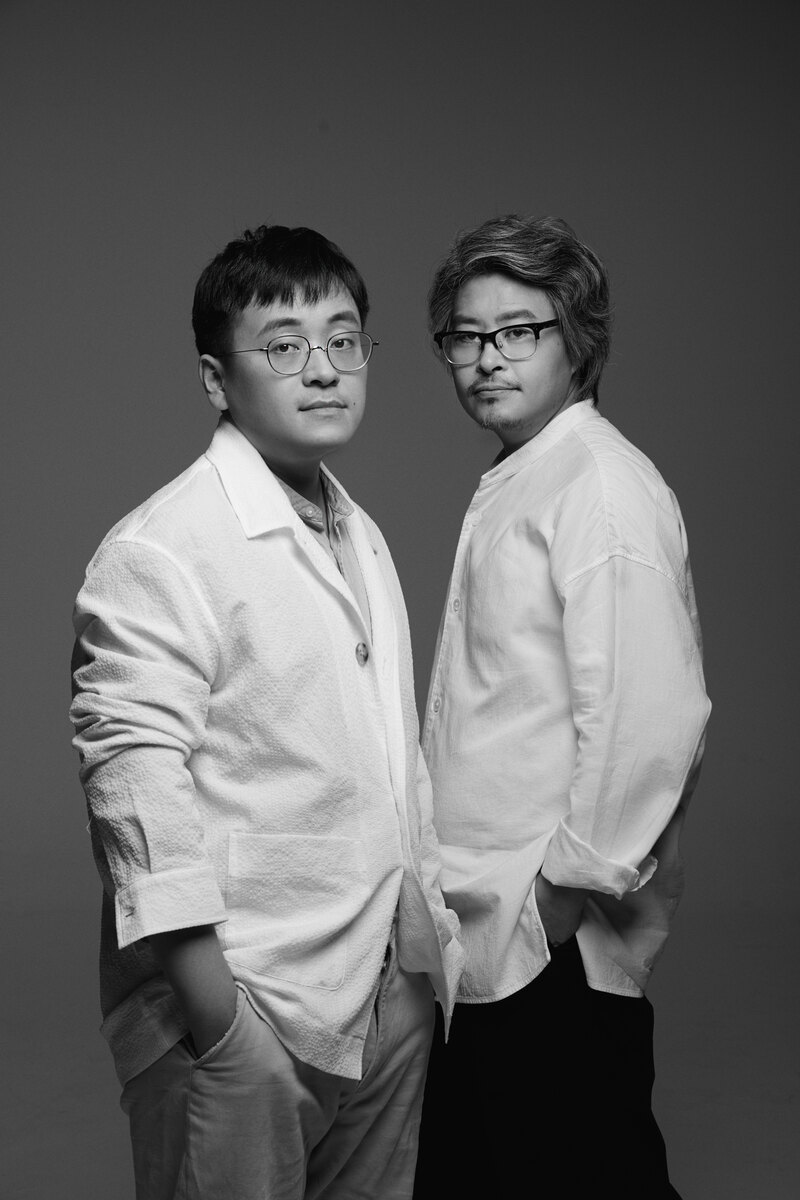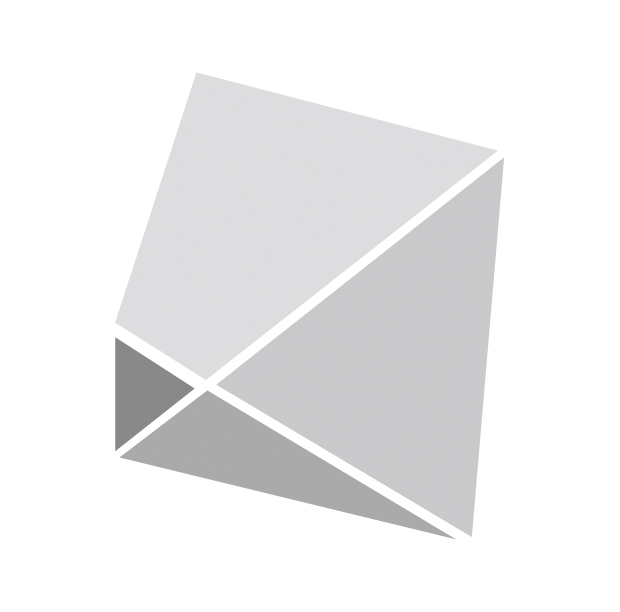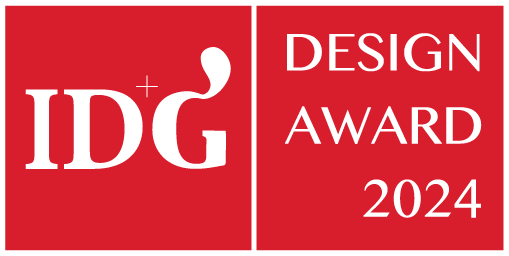Loquat Museum
- 2022 Silver Award
- Museum
Projet Description
MOBIUS Office is a crowd-creation and innovative office space commissioned by the CAS Delta Capital Management Co. Ltd and partner institutions in CAS Capital Digital Economy Innovation Center, Hangzhou.
According to the cultural attributes of the CAS Capital Digital Economy Innovation Center, we want to go beyond the standard office space pattern and create a new open system, allowing multiple dimensions of space to interact here, and allowing people can get fully immersive experience of the place we created. We materialize this spatial system with two main concepts: "perception" and "exploration", which is a new explorable model for today's offices.
We replaced a series of boxes surrounding the central tube. These boxes are like buildings with curved corners that can form a continuous facade, these facades have doors, windows, and other architectural components with strong symbolic significance, and their internal significance to the space And attributes have an important identifying function. They are a series of abstract and alienated symbols with clear semantics. In this space, the ratio of all doors and windows has been deliberately doubled. People’s perception of the spatial scale has a constant scale—the body.
The entrance area of the entire exhibition hall is defined as a pure exploration area. This exploration area is composed of a homogeneous cabinet enclosed on three sides. At the beginning, we entered this matrix cabinet. In the physical space, every visitor is puzzled. The entrance needs to be searched by oneself. During the whole process, people will remain in an unknown state. This is the beginning of the "exploration" and "perception" of the entire space. In each opening, the visitor does not know whether he will open a small grid, a door, or a window. We hope that it can point to the essential state of doors and windows-they are both a medium connecting space, a medium connecting space, and "opening" is an important behavior that gives it semantics.
This requires us to fully mobilize the potential of each space in multiple directions. We need to set up two or more ways of viewing for each space: some viewpoints are parallel to the way of entering; some viewpoints need to retreat to another space for a distant view; some viewpoints are inadvertently looking back, we hope Users can deeply perceive the process of space transformation among multiple dimensions, and this is where the potential of space lies.
The "stranger" in the spatial dimension comes from the fact that when we look at this clip from another angle, we have gone through a series of processes such as disappearing-jumping-appearing, but in looking back, we can find them like solving a case. Clues and connections between. Because when we are deep in space, our perception of space is often limited. Looking back at the place you have observed from another point of view will produce a kind of backtracking of memories, and this kind of "strangeness" of familiar places. The "stranger" makes us start to look at the space from another angle, and at the same time look at the many problems we face from another angle.
In the monochromatic space, the color is single, but the space is multi-dimensional. Therefore, the visual state of a single color in the space is not single, but has a stronger shaping power on the space. The space is dynamic, and the color will change under different light environments and with the change of people's observation point of view. These changes maximize the possibility of the space.
植田·田之间建筑(Ray&Emilio Studio)是由新锐的海归建筑师组成,公司创办⼈及合伙⼈⽅润武、王明皓分别毕业于伦敦艺术⼤学及西班⽛马德⾥理工大学建筑学院,在建筑空间设计的理念上,具有很强建筑空间学术性及系统性。
工作室总体方向集中于建筑及空间改造,强调设计与研究并重。田之间建筑的每个项目的开始都是从深刻的研究和理解开始的,设计中强调多方位看待设计问题的方式,通过多角度观察既有空间、环境,并灵活地抓取场所特征,提出有建设性的场所策略。设计中强调“环境”这一总体化概念,模糊建筑、室内、景观的边界,每一个被感知到的空间都是环境的一部分,不放弃对任何一个空间交流的关注。
田之间建筑注重设计实践的同时兼顾建筑学教育,力求思辨与实践并重。工作室致力于发觉空间与环境在学院语境下的多重属性,在教学实践中既强调传统建筑学教育的根基,同时也试图融入艺术与环境的理念,强调空间的艺术性表达,强调环境的总体化意识。
作为有着时代精神的创新设计工作室,在时代语境下,强调将建筑、空间、环境作为一种全新的开放性媒介。设计主张跨界融合,主张建筑空间设计与当代新媒体艺术、装置艺术、绘画艺术等学科广泛交流,保持开放思考、开放交流的能力。


